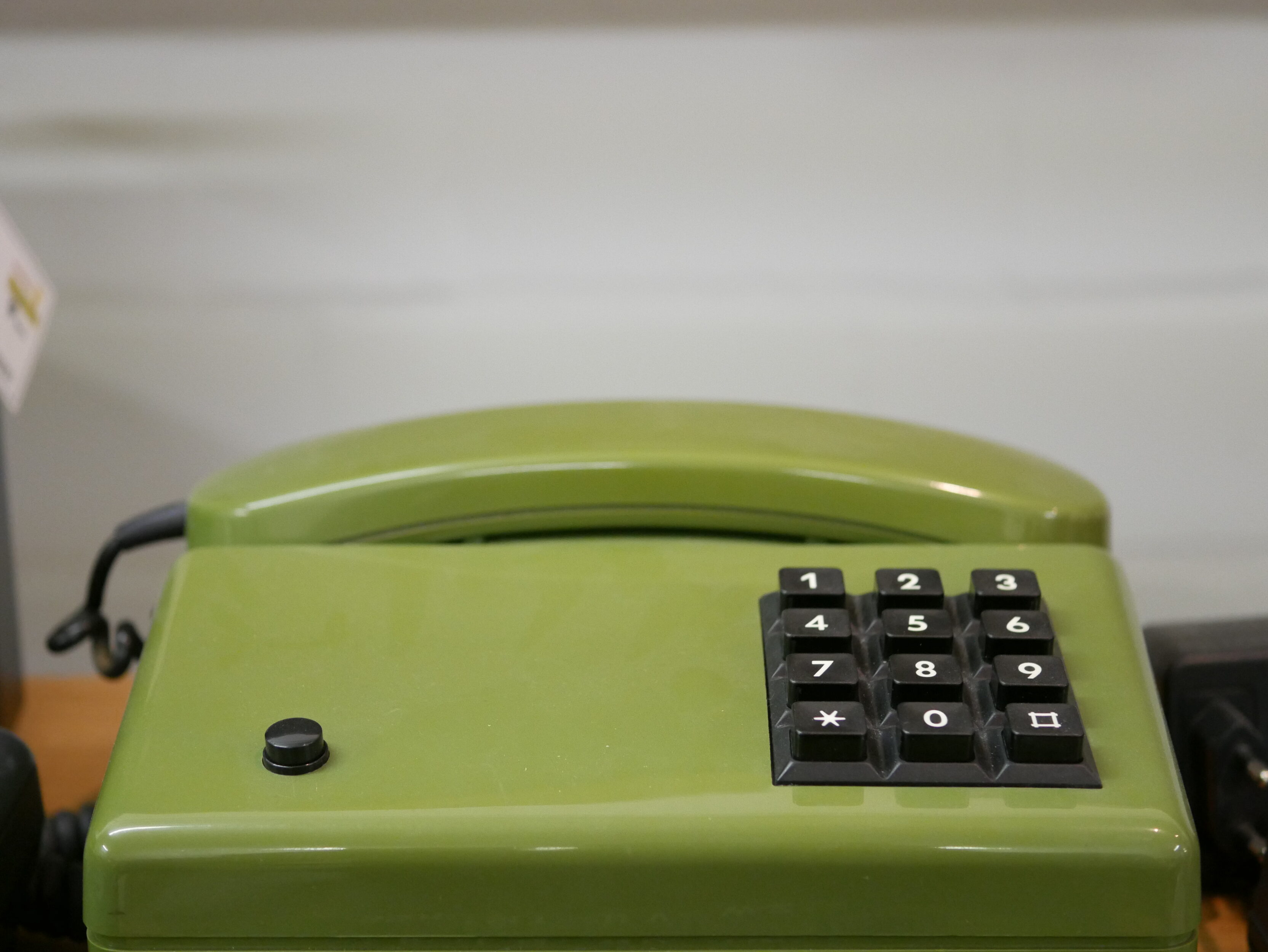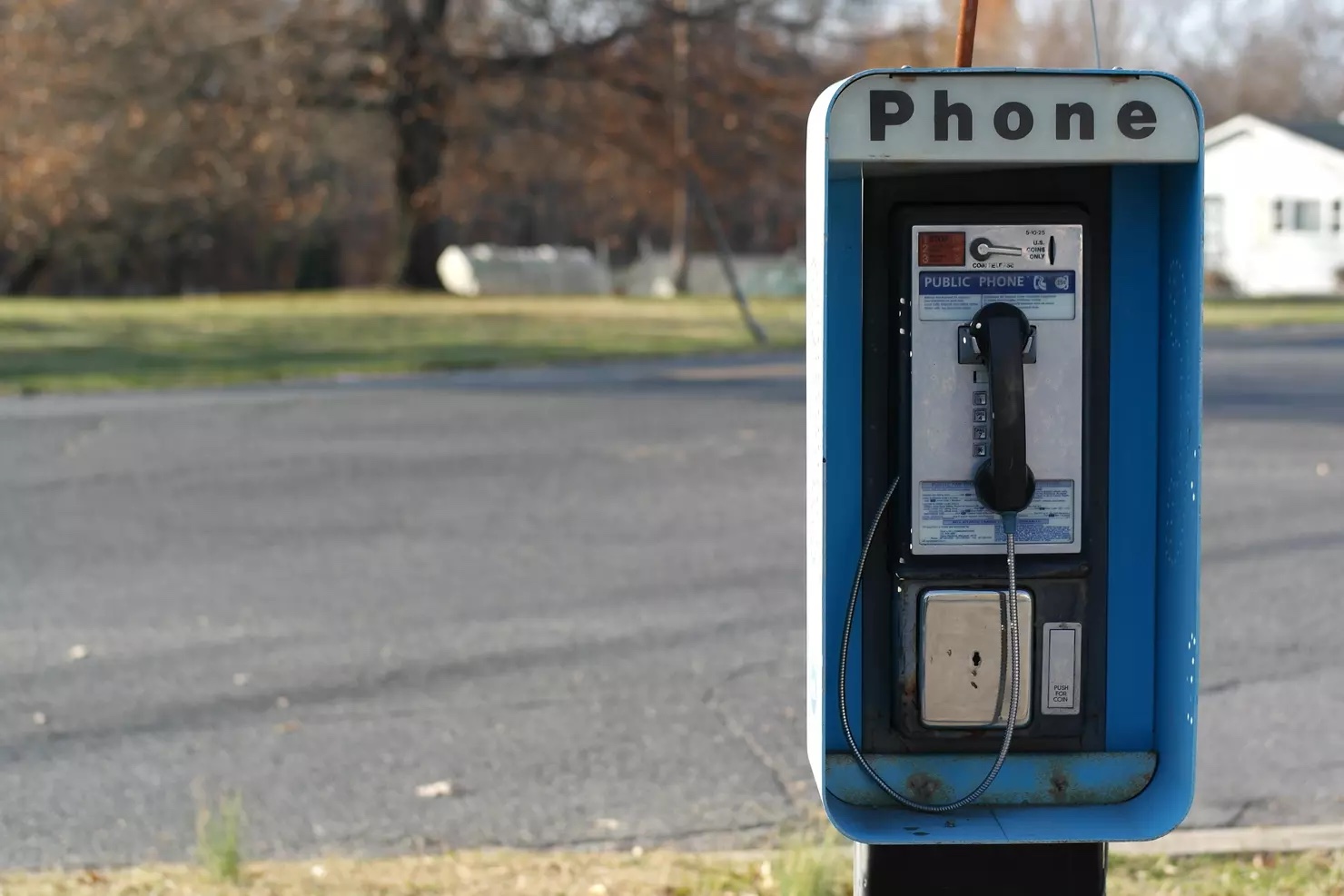In film sound design, attention to detail is everything — and one detail that often slips under the radar, yet is immediately recognized by those who know, is the accuracy of call progress tones. Dial tones, busy signals, ringback tones, disconnect tones, and special information tones are deeply embedded in the everyday experiences of people around the world. Getting these sounds right isn’t just about technical polish; it’s about preserving authenticity at a level that audiences feel, even if they can’t immediately explain why.
When a film is set in a specific place or time period, the right call progress tone becomes crucial. A scene set in 1980s London, for example, would feel subtly wrong if the phone call featured a North American dial tone instead of the UK’s distinctive tone — a blend of 350 Hz and 440 Hz frequencies. Likewise, if a character in Paris is calling someone and the audience hears the dual tone busy signal common in the United States, rather than the higher, single tone French busy tone, something feels off. Even without consciously noticing, viewers instinctively sense these details because they are part of their lived experience.
Local authenticity matters enormously. People who have grown up with a country’s particular telephony sounds intuitively recognize when something is right — and when it isn’t. The ringback tone that someone remembers from childhood is deeply ingrained, and using the wrong one can quietly break the immersion of a scene. These tones are just as important to creating a believable world as the right clothing, architecture, or accents.
It’s not just about geography either — call progress tones also help establish emotional and narrative context. A fast-busy signal can instantly convey rejection or urgency. A ringback tone with long pauses, as heard in certain countries, can naturally build tension while a character waits for an answer. Historic telephony sounds, like the iconic dial-up modem tones of the 1990s, instantly signal a particular technological era, grounding the story in time as well as place. Even today, national mobile networks often continue to use their country’s historic call progress tone standards, unless users have manually replaced them with custom tones.
Despite their importance, gathering authentic call progress tones has traditionally been a huge challenge for sound designers. Finding clean, accurate recordings often meant diving into telecom archives, sourcing hard-to-find examples, or trying to recreate tones manually — all of which are time-consuming and unreliable under real-world production deadlines.
That’s why we created the Shapingwaves Call Progress Tone Sound Library. Our collection offers a wide range of call progress tones from 193 countries, covering everything from dial tones and busy signals to ringback tones, disconnect tones, and SIT (Special Information Tones). Each tone has been curated for authenticity, comes with detailed explanation in it’s BWAV/Soundminer metadata and is provided in WAV format, ready to drop directly into your projects — whether it’s a feature film, a television series, a documentary, or a game.
With our library, sound designers no longer have to guess, compromise, or waste hours searching for authentic tones. We make it easy to maintain historical accuracy and local authenticity, ensuring that every phone call scene sounds exactly the way it should. In a craft where every detail matters, getting the call progress tones right is not just a small technical win — it’s essential for telling stories that truly resonate.

